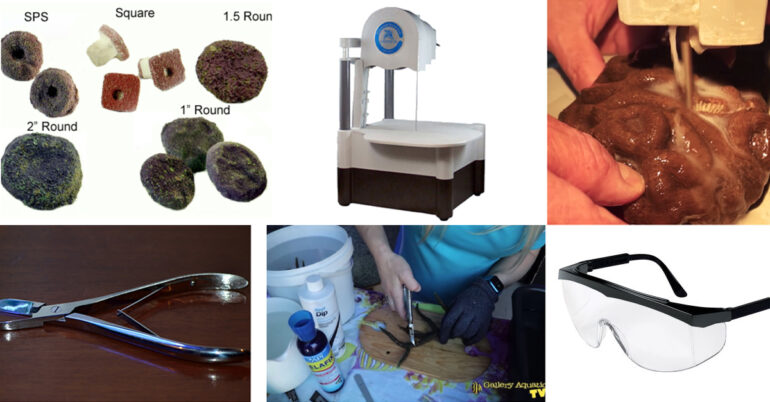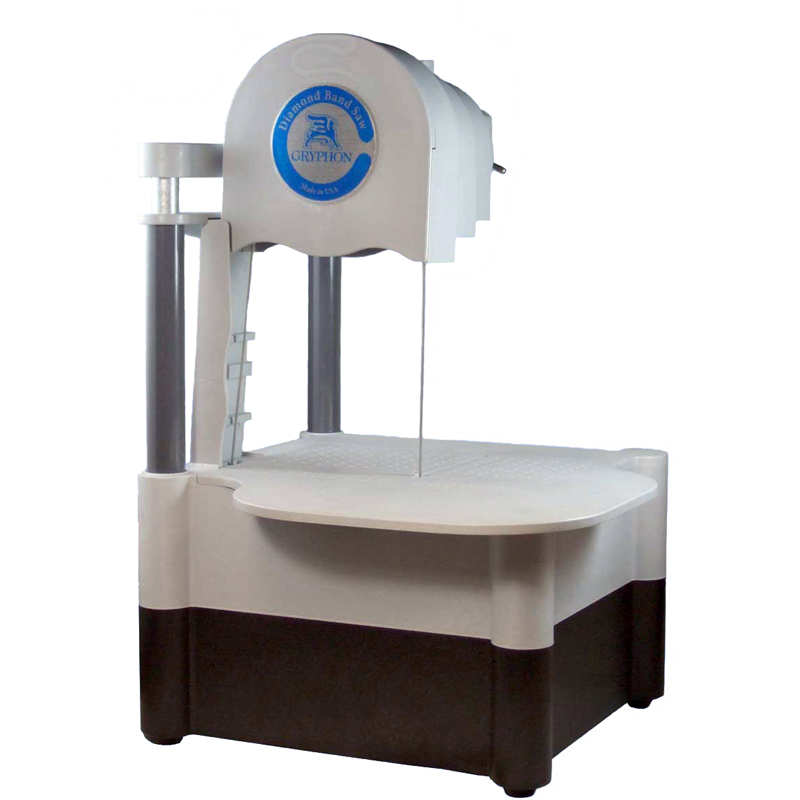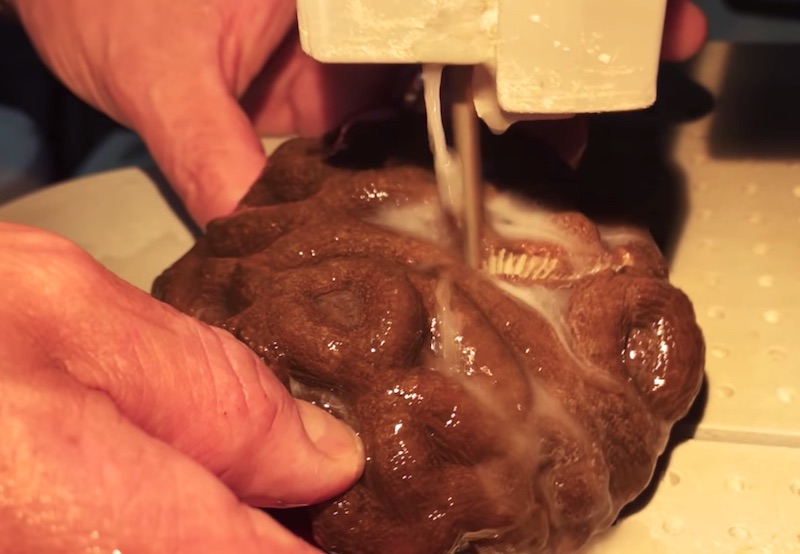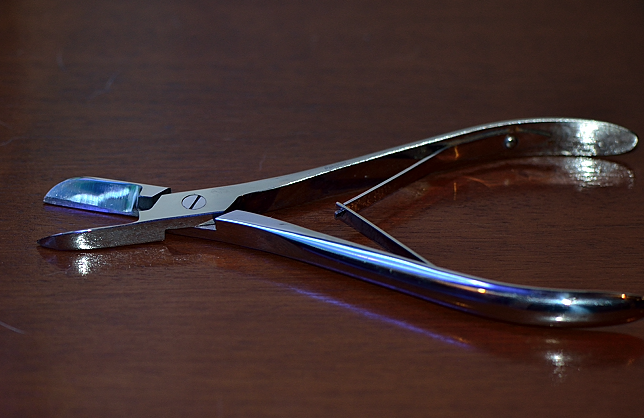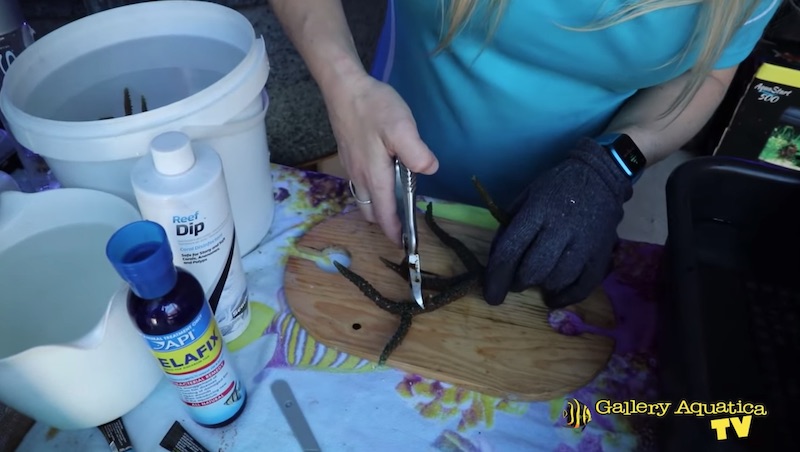Fragmenting coral or ‘fragging’ may look complicated but with the right tools, the job can be quick and rewarding. Once you have the right tools for fragging you’ll be on your way to multiplying your coral supply.
To make it simple you can start out with a pre-made frag kit. Look for a kit that includes bone cutters, tweezers, and glue. You will also want to get a sharp blade, with a handle where you can change out the blades. Blades rust quickly when working in saltwater!
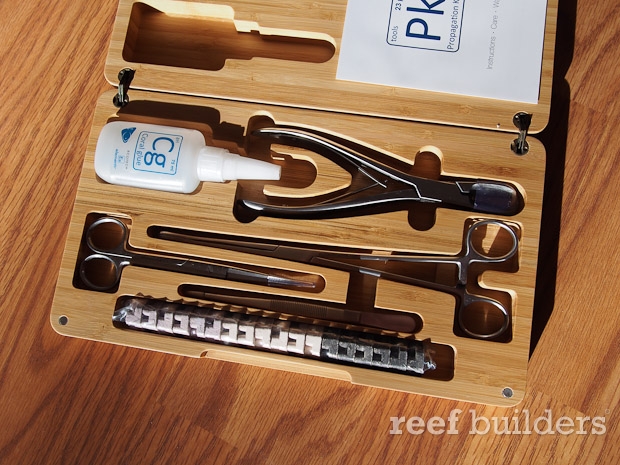
You can use blade and bone cutters to frag smaller corals like snipping a branch off a larger colony or breaking up a rock. Blades are good for cutting through soft coral and fragging zoanthids.
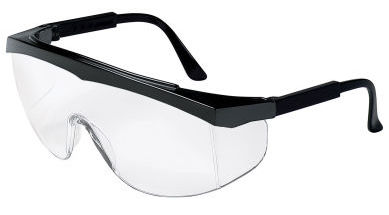
Just make sure if you’re planning to frag zoa’s you wear gloves and goggles! Zoanthids have a toxin called palytoxin which is very dangerous and can squirt out into your eye and on your skin.
For fragging larger colonies or LPS corals with thick skeletons, one of the most useful tools in fragging is a Gryphon diamond band saw. With a sharp blade, it can cut through almost any rock like butter. When using the saw just make sure to keep the blade straight when cutting.
A band saw makes it easy to cut off corals such as Mushrooms and Zoanthids from rocks. It can also be used to cut large colonies and make precise cuts. Check out this homophyllia coral being cutting on a band saw.
In addition to the band saw, coral cutters are less expensive tools to use in fragging. They can cut most SPS and soft coral and they can be used inside the tank. Most reefers will find themselves using both a band saw and coral cutters.
You will also need glue. Any gel super glue will work but glue designed specifically for reefing will have a stronger hold and will be easier to work with.
For the fragging process, you will want to set up two containers of saltwater, big enough to fit your corals. After fragging, you will want to rinse off any loose bits and coral mucus into one container, and then place the coral into clean water. Once you glue your coral down you will want to go back in and use a turkey baster to clean any new mucus left on the frag.
Before cutting up your corals, you could also use a coral dip such as Coral RX added to the first water container and an iodine-based dip in the second container. The coral RX will help remove any pests that might emerge during fragging and the iodine-based dip will help with coral recovery.
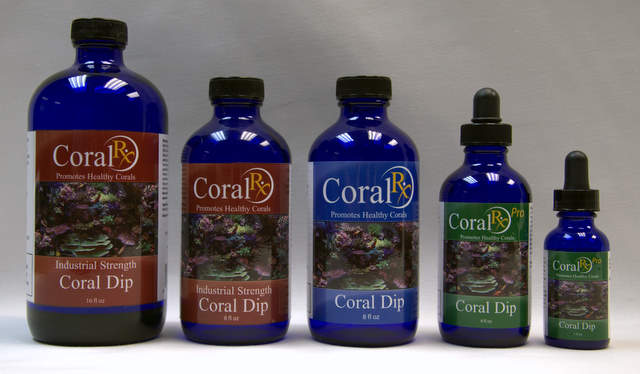
Once your corals are fragged up you need something to mount them on. Any dry hard surface would work but if you plan to transport the coral it is easiest mounted on a frag plug. If you do not like the look of frag plugs in your tank you can use a small piece of live rock to glue the frag too.
Frag plugs come in many shapes, colors, and sizes and it’s up to you to find which one you like best. Most frag plugs are made of ceramic but some are even 3d printed.
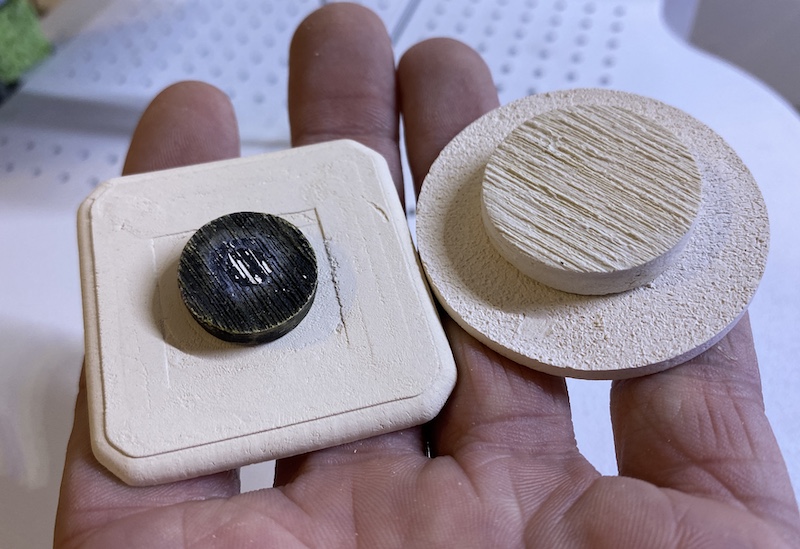
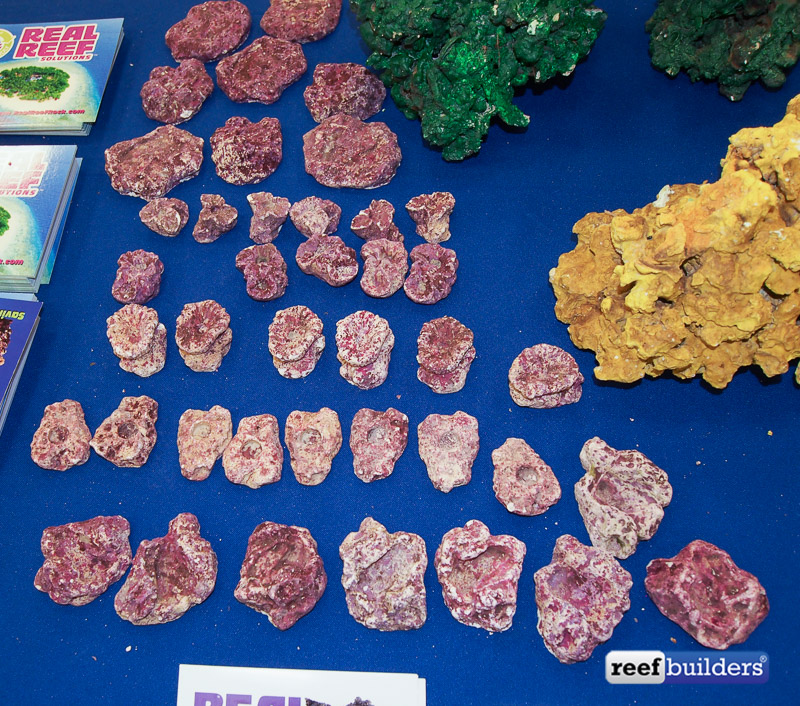
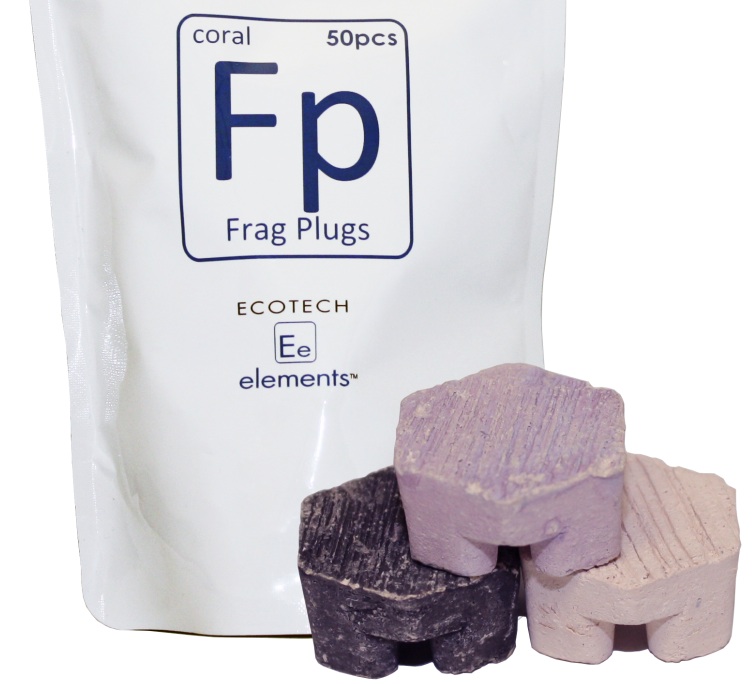
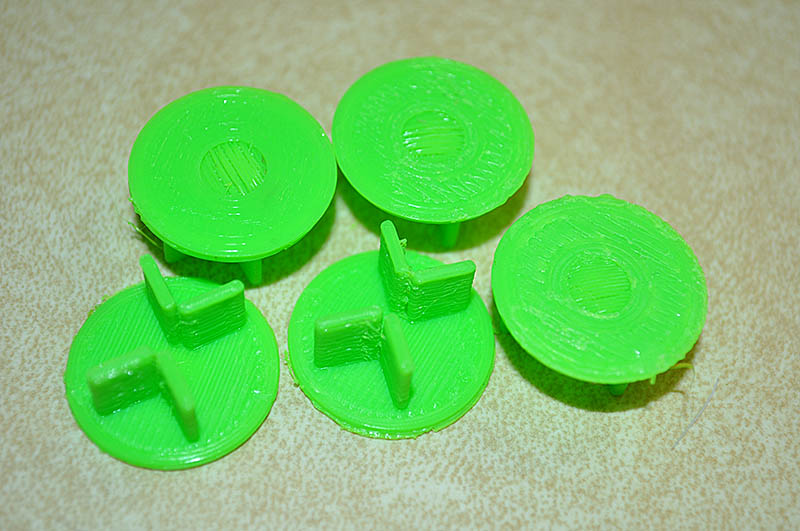
Graber’s Gen 2 3D-printed Frag Plug design. 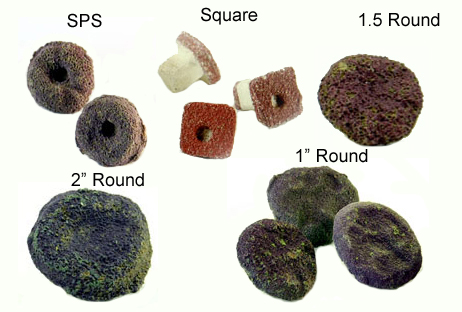
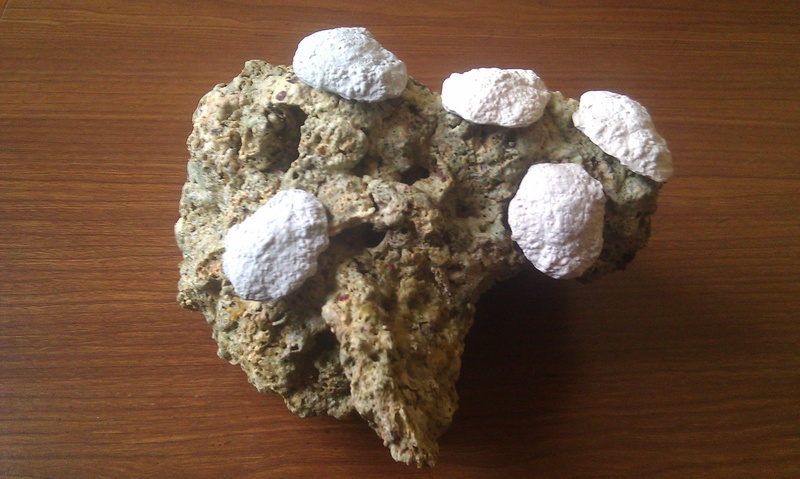
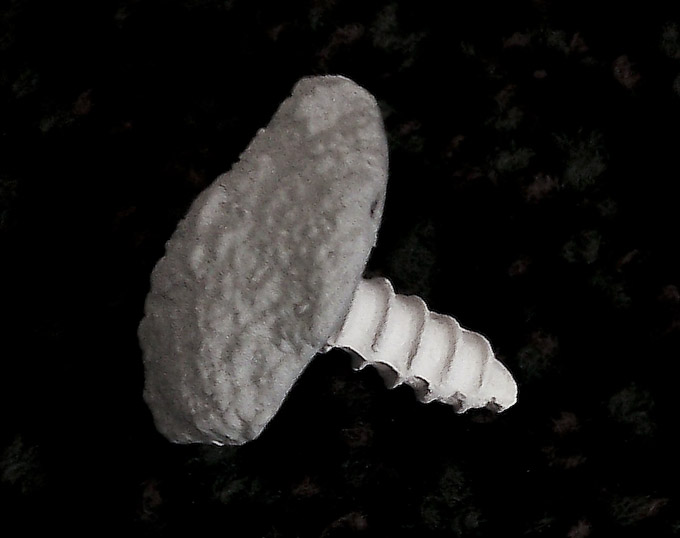
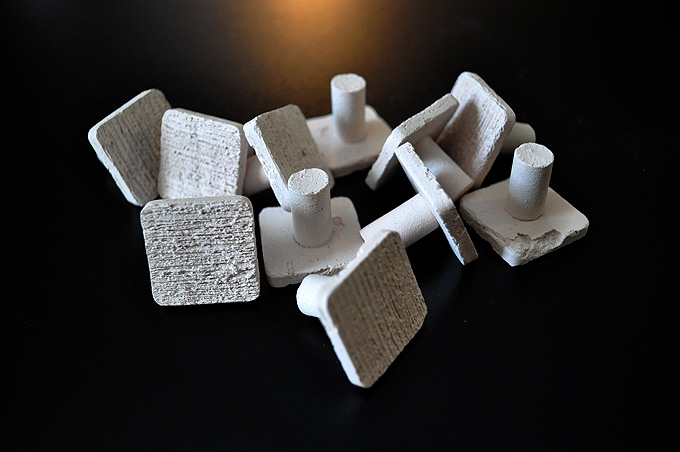
New Ceramic Frag Plugs from The Filter Guys
Many reefers will soon gather a collection of tools found outside the local fish store to help them frag. These may be razor blades, scalpels, and tweezers. Each tool has a specific purpose and at many times we find ourselves using all of them at once. Having the right tools can make your fragging experience a breeze.
If you want to know more about fragging specific coral we recomend the Gallery Aquatics TV Frag Files playlist on YouTube! This series is full of insightful tips and tutorials for fragging a variety of corals.


